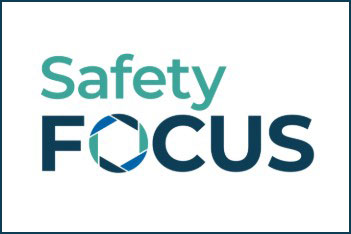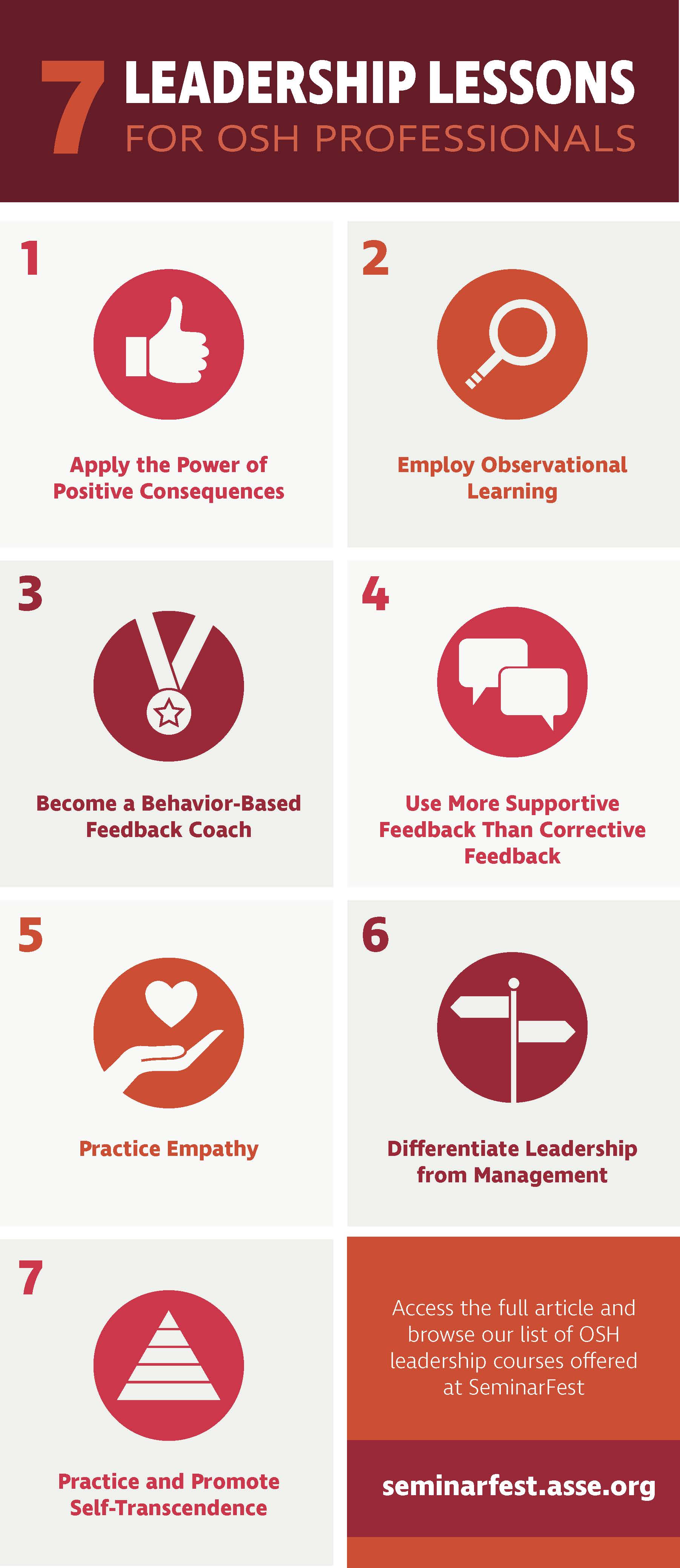
OSH professionals are always looking for tools to engage employees in safety efforts. While there are several skills a company can utilize to drive safety improvement, here are seven fundamental leadership lessons to help bring a team to a self-directed motivational state.
This article, by E. Scott Geller, was first published in Professional Safety in June 2016. Read the full article here.
OSH professionals are always looking for tools to engage employees in safety efforts. While there are several skills a company can utilize to drive safety improvement, here are seven fundamental leadership lessons to help bring a team to a self-directed motivational state.
1) Apply the Power of Positive Consequences
Often those in leadership positions focus on negative consequences and reprimanding people when they make mistakes. While this may seem like a good practice to prevent errors, it can have detrimental effects on performance. Negative consequences can result in employees being afraid of failure and having low expectations for themselves and their work.
By instead focusing on positive reinforcement, managers can improve attitudes, behaviors and culture. Emphasizing positive consequences for safety behavior will be reflected in the attitude of employees, and they will be more likely to seek success, embrace opportunities, and respond to mistakes and failures in a constructive way.
2) Employ Observational Learning
People learn from what they see, and what they see others doing in the workplace has an impact on their own behavior. When someone notices safe and/or risky work practices, they learn what habits to embody and which to avoid. Tools such as critical behavior checklists (CBCs) allow employees to track the occurrence of safe and risky work behaviors and share the results with their coworkers.
A CBC is a concrete device for improving the overall safety performance of a team. Employees may be engaging in unsafe behaviors without realizing it, and observational learning works to bring those behaviors to their attention and facilitate safety improvement.
3) Become a Behavior-Based Feedback Coach
Being a leader means being a coach and providing positive feedback to your team when you see them behaving properly. While employee recognition of positive safety behaviors is a step in the right direction, receiving encouraging feedback from a coworker or supervisor will help reinforce those behaviors even more.
Showing employees that you care about their safety will guide them to demonstrate positive behaviors themselves. Recognizing positive behaviors and communicating them to employees instills in them the confidence that they are doing the right things.
4) Use More Supportive Feedback Than Corrective Feedback
Success has consistently shown to be a more effective learning tool than failure in reinforcing positive behavior. When someone receives supportive feedback for a particular behavior, they are more likely to use that as motivation to continue it.
Corrective feedback on the other hand does not provide specific direction on how to improve on risky behavior or solve a similar problem in the future. On top of that, continual negative feedback can result in discouragement, frustration and low morale.
5) Practice Empathy
In any situation, it is important to be empathetic and try to put yourself in the position of the person with whom you are interacting. When approaching any kind of intervention, a leader will ask him/herself, “How would I feel in this circumstance?”
Understanding another person’s point of view allows a leader to identify the best course of action for providing feedback to achieve the optimal result. The result of an intervention depends greatly on how it is implemented and, thus, requires forethought on how the employee will respond.
6) Differentiate Leadership From Management
Management is one thing, leadership is another. Managers hold people responsible for performing their job safely and avoiding at-risk behaviors. Leaders inspire and instill confidence in their employees so that they may be accountable for their own behavior and safety.
Leaders will also go beyond simply dictating to people what must be done, and actively involve them in safety decision making. Gathering input from employees and allowing them to help define safety policy makes them feel more invested in the process and more likely to exhibit positive safety behaviors.
7) Practice & Promote Self-Transcendence
Self-transcendence is the practice of thinking beyond one’s self and caring for other people. Cultivating this type of attitude in an organization is a major step toward safety improvement and changing the culture.
When people go beyond self-interest and actively care about the safety of others, they will report hazards and provide feedback to their coworkers about safe or at-risk behaviors. By practicing self-transcendence and encouraging others to do the same, leaders can begin to develop an injury-free workplace.




